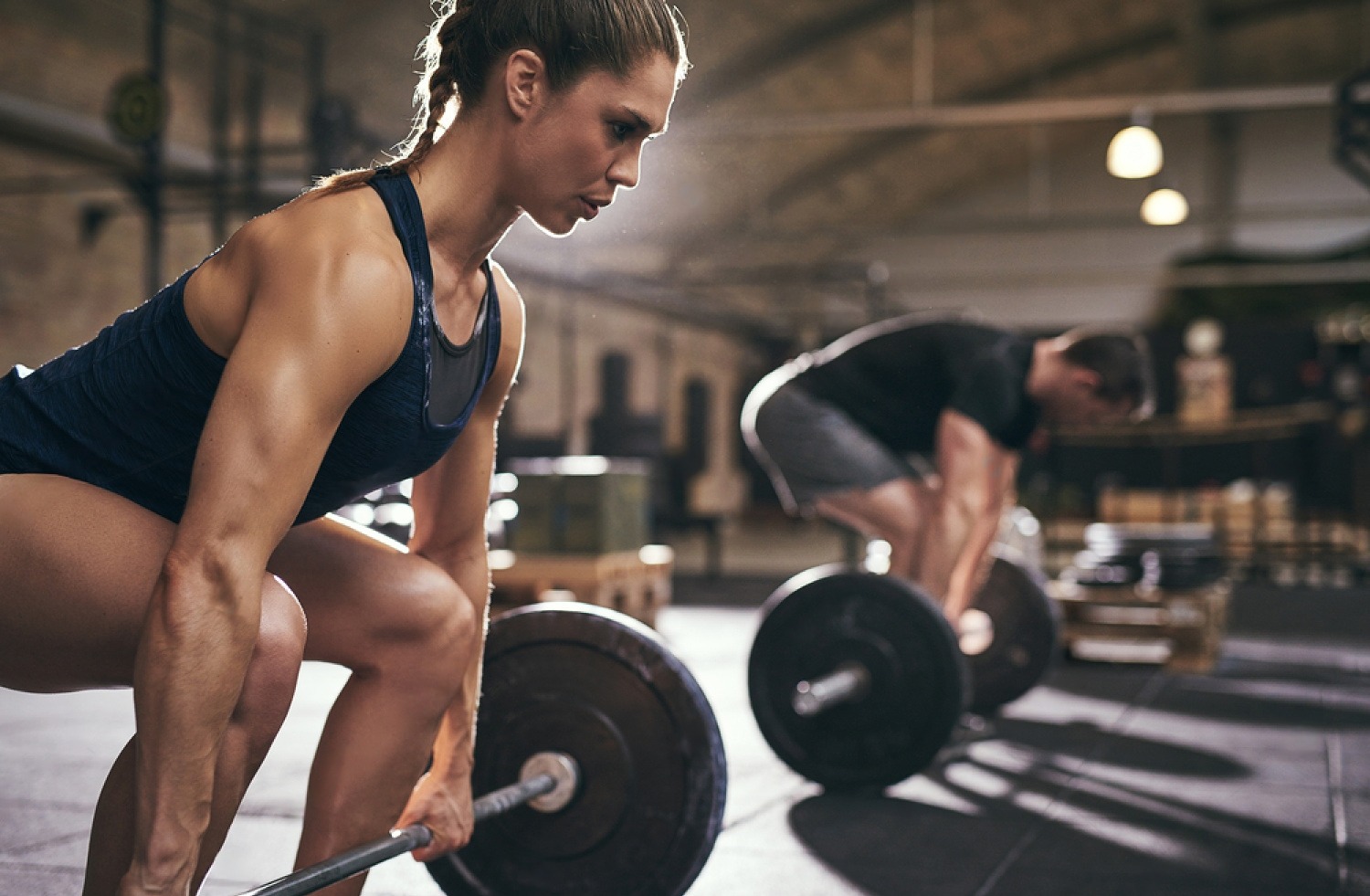Are you on the hunt for the best glute workout to strengthen and define your lower body? Look no further. In this article, we dive straight into top-tier exercises and principles that target the glute muscles comprehensively, from heavy hitters like barbell hip thrusts to nuanced variations tailored for home routines. Whether you’re a gym veteran or a home workout enthusiast, our guide has you covered with practical, proven strategies for glute growth and strength. Expect a detailed exploration of movements, techniques, and tips to level up your glute training without any fluff.
Key Takeaways
- Understanding your glute muscles (gluteus maximus, medius, and minimus) is key to effective workouts, as they play a vital role in movement and stability.
- Design a balanced glute workout with a variety of exercises (like hip thrusts, squats, and deadlifts) and progressively increase intensity for strength and growth.
- Include proper nutrition and adequate recovery in your fitness plan to optimize muscle repair and growth after glute workout sessions.
Exploring the Glute Muscle Trio
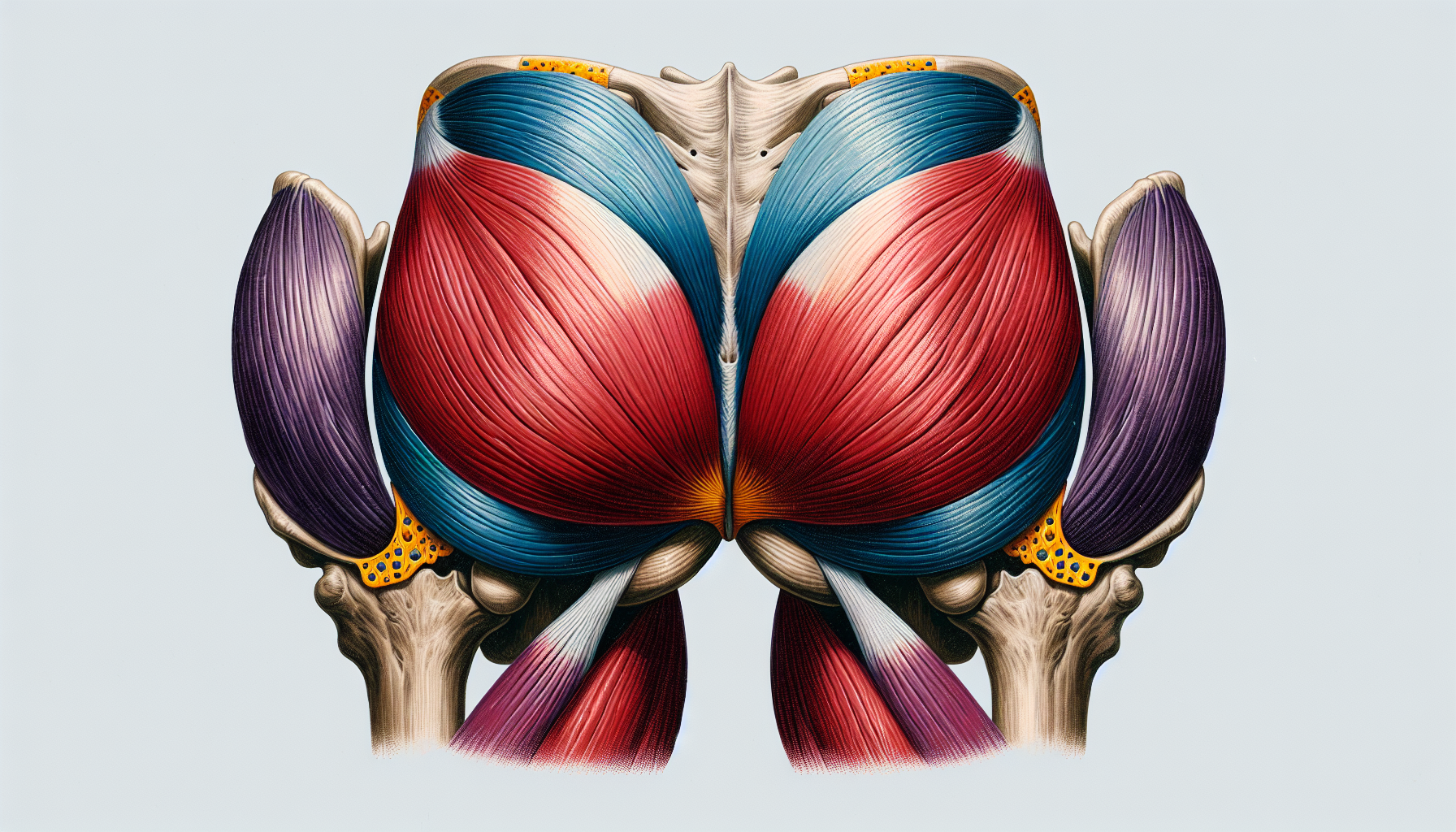
To kick things off, we’ll familiarize ourselves with the main players in our glute workout – the glute muscles. Comprising of the gluteus maximus, gluteus medius, and gluteus minimus, these three powerhouses are the key to a well-rounded lower body. They not only help keep your upper body and pelvis steady, but they also assist in various movements involving hip extension, abduction, and external rotation.
You may question the role these butt muscles play in your routine activities and workouts. Picture this – you’re standing up from a bent forward position. It’s the gluteus maximus and hamstrings that pull the pelvis backward, helping you stand up straight. Whether it’s a simple activity like moving around or a high-intensity exercise like single-leg hip thrust, these muscles work together, ensuring balance and stability. A good understanding of these muscles is a step closer to mastering the best glute exercises for a sculpted lower body.
Crafting Your Glute Workout: Key Principles
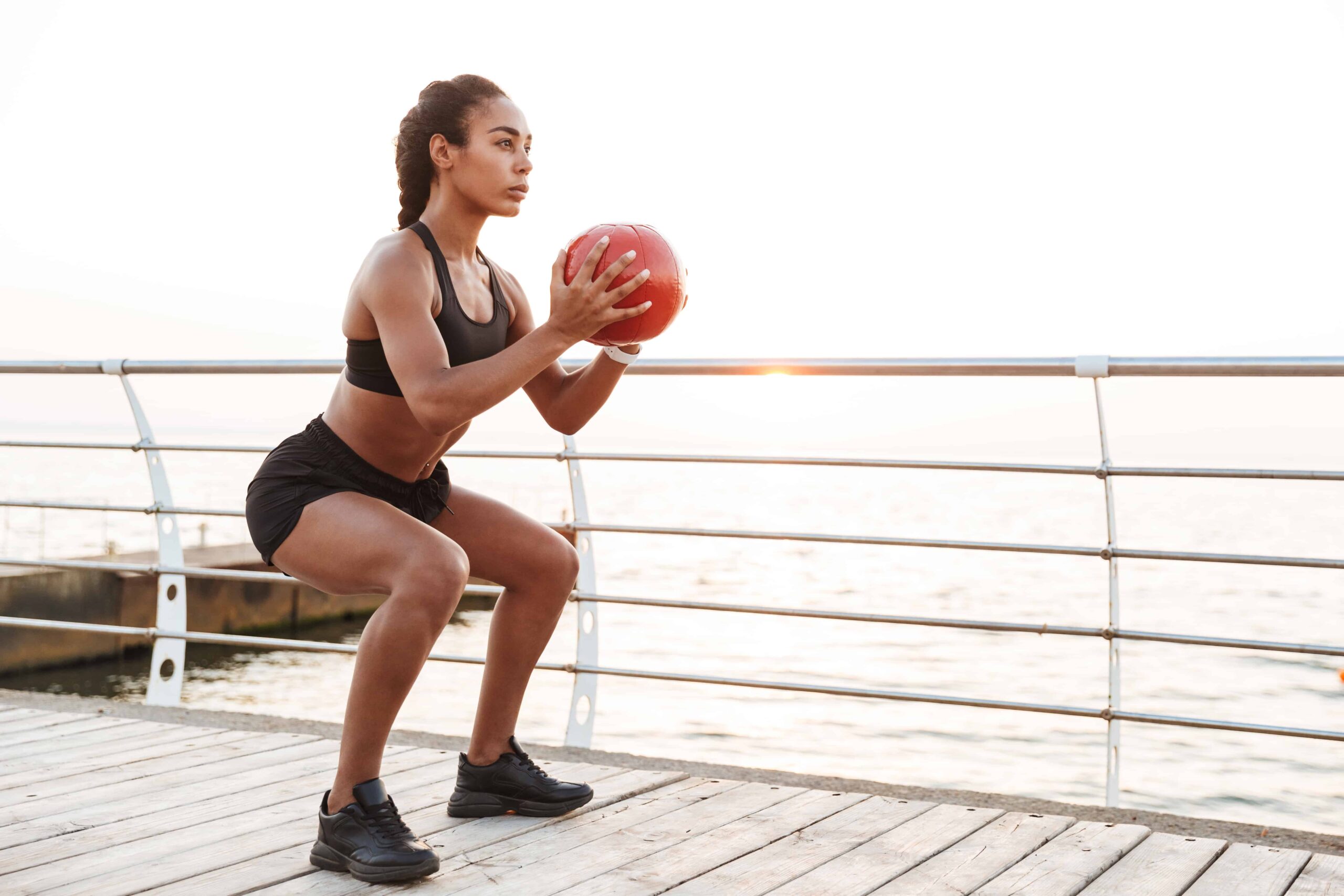
How, then, do you formulate a glute workout that aligns with your fitness objectives and is effective? Well, it’s all about the right exercises and steady progression. Yes, your glute muscles need variety! Mixing up exercises like:
- barbell hip thrusts
- back squats
- front squats
- Bulgarian split squats
- deadlifts
can help you target all parts of the glutes. This variety not only breaks the monotony but also ensures that you’re steadily getting stronger and building size in those muscles.
Progression stands as another fundamental principle in designing your glute workout. It’s not about doing countless glute activation exercises in a day but about upping the intensity and resistance as you go along. Doing 2 to 5 different glute exercises in a week and gradually increasing the challenge can stimulate muscle growth and strength. And of course, don’t forget the importance of the right form and technique. A squat position, for instance, requires your feet to be shoulder-width apart for effective targeting of the glutes.
The Foundation of Glute Training: Hip Thrust Variations
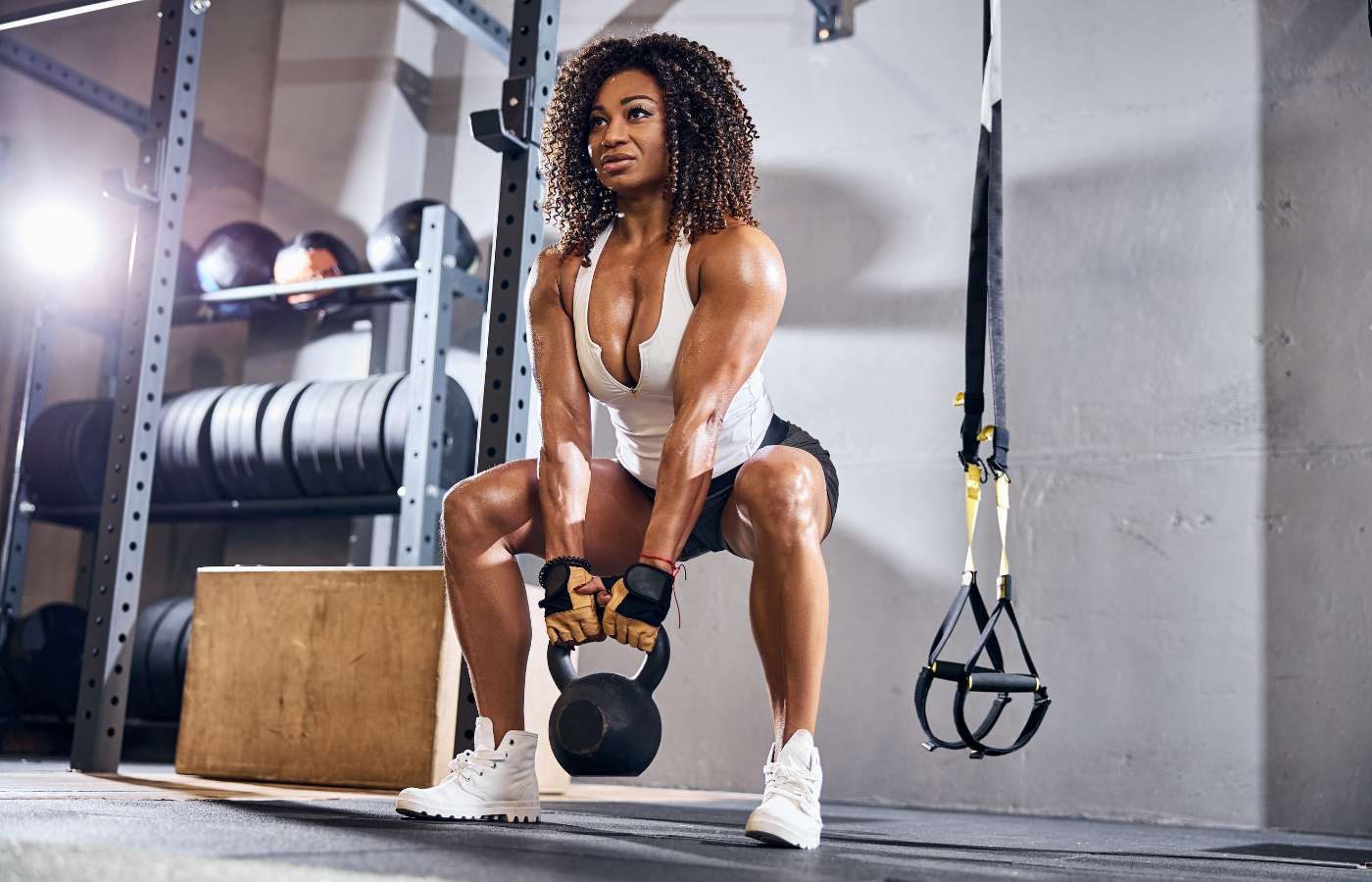
In terms of glute training, incorporating hip thrust variations into your workout routine is essential. They are the foundation exercises that target the gluteus maximus and gluteus medius, along with other muscles such as hamstrings, quadriceps, and adductors.
We’ll delve into the particulars of these variations in the subsequent subsections.
Barbell Hip Thrust
Among many barbell hip thrust exercises, the Barbell Hip Thrust stands out as a heavy hitter. This powerhouse move focuses on the gluteus maximus and gluteus medius while also engaging the hamstrings. Let’s learn how to perfect it.
Start with your back against a bench and a barbell resting on your hips. Squeeze those glutes and push the bar straight up until your hips are in a straight line with your shoulders and knees. The key is to start from the correct starting position with your feet shoulder width apart, flat on the ground, and your shoulders against the bench.
Beginners, don’t fret! You can start with just your body weight and gradually add weight as you get the hang of it, say around 60 kg for barbell hip thrusts. For those looking for an added challenge, try digging your arms into the bench and making fists. This technique, known as ‘irradiation,’ can increase overall muscle tension and make you stronger.
Single-Leg Hip Thrust
Next in line is the Single-Leg Hip Thrust, a variation that not only targets the glute muscles but also helps address muscle imbalances. Like the barbell version, the single-leg hip thrust engages the following muscles:
- Gluteus maximus
- Gluteus medius
- Gluteus minimus
- Hamstrings
- Quadriceps
- Adductors
- Core muscles
Start by positioning your upper back on a weight bench with one leg lifted. Put your hands on the ground for support, tighten your glutes, and raise your hips by pushing through your heel. Squeeze your glutes at the top, hold for a second, then lower your hips, and switch legs after doing the desired number of reps.
Remember not to push off your elbows or rely too much on them, and avoid arching or extending your lower back too much. Maintaining the correct form is crucial to maximize the effectiveness of the exercise and avoid any potential injuries.
Dynamic Squats for Glute Development
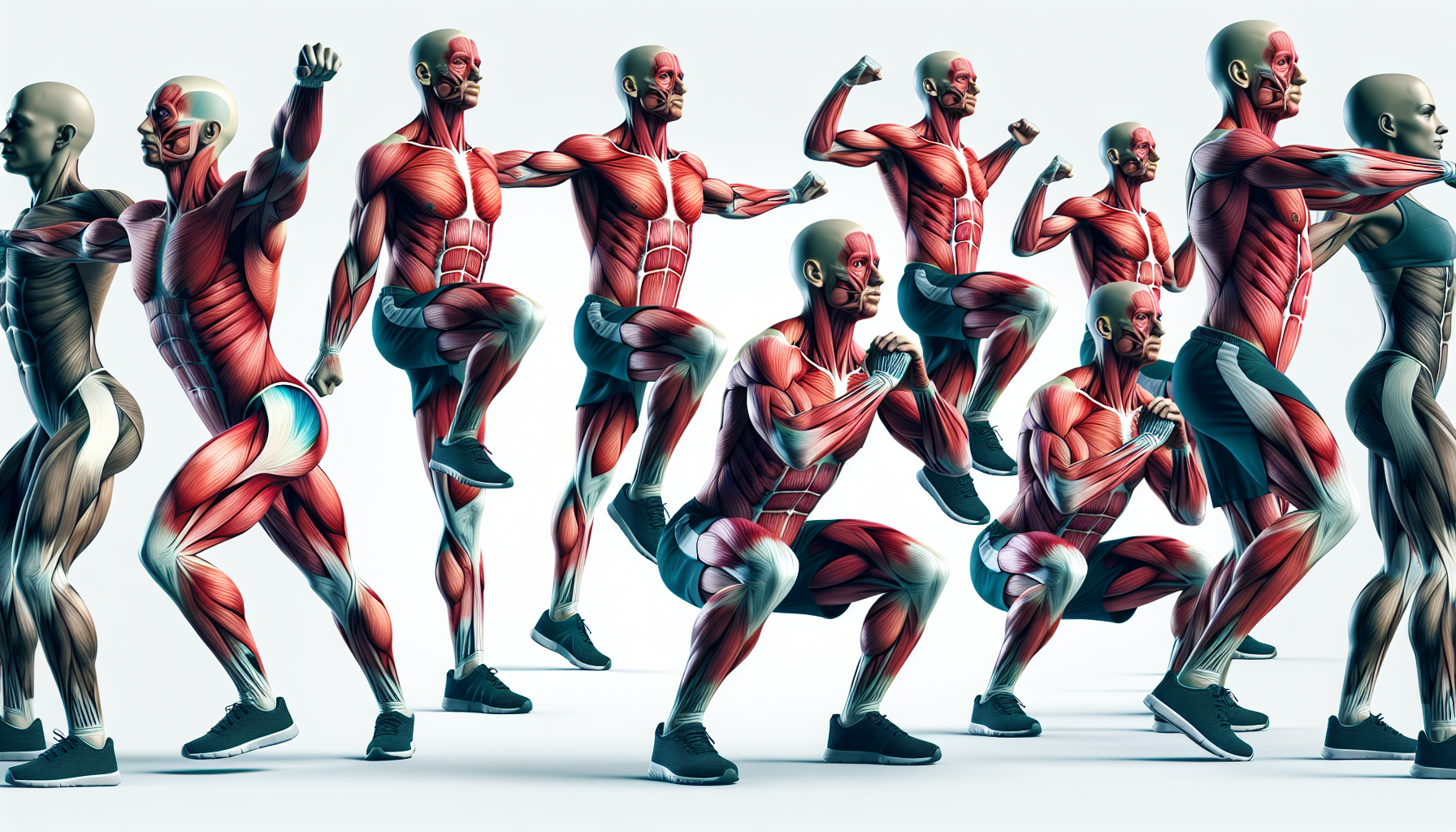
Dynamic squats are another key player in our journey towards a sculpted lower body. By involving different parts of your glutes and lower body, they not only contribute to muscle growth but also improve your overall strength and shape.
We’ll dissect two popular dynamic squat variations in the subsequent subsections.
Bulgarian Split Squat
The Bulgarian Split Squat is a dynamic squat variant that targets several muscles, including your glutes, quads, adductors, hamstrings, and core. But how do you do it right?
To perform a reverse lunge correctly with your left leg:
- Lean forward a bit at the hips
- Keep your knee in line with your toes
- Place your left leg’s foot on a platform behind you
- Lower your body until your thigh is parallel to the floor
- Make sure your knee is in the right position for maximum glute action
A common mistake to watch out for is not taking a big enough step, which can hinder your range of motion and reduce the effectiveness of the exercise.
For those who want to step up their game, you can add some dumbbells for an extra challenge.
Deficit Sumo Squat
The Deficit Sumo Squat is another dynamic squat variant that targets the upper legs, glutes, and hamstrings. This variant allows you to squat deeper, making it more effective for working the glutes.
Start by standing with your feet wider than hip-width apart and your toes pointing outwards. Bend at your knees and hips to lower into a squat, keeping your chest up and your back straight. Then, push through your heels to stand back up, squeezing your glutes at the top. Be wary of common mistakes such as wobbly movements and arching or rounding your lower back, which can lead to injuries and diminish the effectiveness of the exercise.
Elevating Glute Workouts with Deadlifts
Deadlifts are the secret weapon in your glute workout arsenal. These power-packed exercises work your hamstrings, glutes, core, quadriceps, and lower back, all at once.
We’ll examine the two variants of deadlifts that can elevate your glute workouts.
Romanian Deadlift
The Romanian Deadlift primarily targets your lower back, glutes, and hamstrings. This exercise is crucial for constant tension in your glutes and hamstrings, which leads to better muscle growth.
Start by standing behind a barbell, slightly bending your knees to grab it while keeping your shins, back, and hips straight. As you lift, hinge at the hip and press your foot firmly on the ground. Make sure to keep a little bend in your knees the whole time. This will help maintain tension in your glutes and hamstrings, leading to better muscle engagement and growth.
Single-Leg Deadlift
The Single-Leg Deadlift is another variation that targets your glutes and helps address muscle imbalances. This exercise is particularly effective in isolating and strengthening each leg.
Start by standing with your feet hip-width apart and lean forward at your hips, shifting your weight onto one leg while lifting the opposite leg off the ground behind you. Make sure your back stays flat and straight, hinge at the hips to lift, and keep your hips stable. Engaging your core throughout the movement helps with balance.
And remember, if you want to improve your balance, just increase the difficulty gradually.
Mastering Lower Body Lifts for Strong Glutes
Mastering lower body lifts is crucial for building strong, functional glutes. These lifts target multiple muscle groups and improve balance and stability, making them an essential part of any glute workout.
We’ll explore some of these lifts in the subsequent subsections.
Step-Up
The step-up exercise is great for strengthening your glutes, quadriceps, hamstrings, core, and muscles that help you stay balanced. To perform a step-up, start by standing in front of a step or platform. Step up and push through your heel to straighten your leg, then bring your other foot up to join the first one on top of the step.
Remember to avoid common mistakes like letting your knees cave in and dropping back to the floor too hard, which can hinder the effectiveness of the exercise and increase the risk of injury. For those looking for an added challenge, try incorporating dumbbells to make the workout tougher for your muscles.
Lunge Variations
Lunge variations are another great way to target your glutes. They help to strengthen your gluteus medius and maximus, contributing to a stronger lower body.
One of the most effective lunge variations is the reverse lunge. This exercise targets the glutes, core, and hamstrings, while also helping to stabilize your joints and reduce stress on them compared to other lunge variations.
The walking lunge is another great exercise that works your hips and core, making them stronger and toning your leg muscles. Side lunges are also effective in working the gluteus medius and maximus muscles while improving hip mobility and flexibility.
Remember, the key to effective lunges is to maintain proper form and avoid common mistakes like not taking a big enough step and not going through the full range of motion.
Home Glute Workout Essentials
For those who prefer to work out at home, no worries, we’ve got
you covered! There’s a wealth of glute exercises that require minimal or no equipment at all. From bodyweight squats to glute bridges, these exercises can help you sculpt your lower body right from the comfort of your home.
We’ll gain more insight into some of these exercises in the subsequent subsections.
Glute Bridge
The Glute Bridge is a great low-impact exercise that targets your gluteus maximus, medius, and minimus, along with other muscles like the hamstrings, quads, hips, and core.
To do a glute bridge, follow these steps:
- Start by lying on your back with your knees bent and feet flat on the ground. For a more challenging variation, try the single leg glute bridge.
- Tighten your abs and squeeze your glutes as you lift your hips off the ground, pushing through your heels.
- Remember to keep your back straight and not to arch or round it.
- Hold at the top for a second, then slowly lower your hips back down.
This exercise can be easily adjusted to accommodate beginners or for those who want an added challenge by using ankle weights.
Clam Shell
The Clam Shell exercise is another home workout essential that strengthens the gluteus medius. You don’t need any equipment to perform this exercise, making it perfect for a home workout routine.
To perform the clam shell exercise:
- Start by lying on your side with your knees slightly bent and with one leg on top of the other.
- Keep your feet together and lift your top knee until it’s in line with your hip, then lower it back down.
- Repeat for the desired number of reps, then switch sides.
Beginners should aim for 3 sets of 6 reps each for this exercise.
Advanced Glute Activation Techniques
Learning and implementing advanced glute activation techniques is vital if you wish to elevate your glute workouts. These techniques can help maximize muscle engagement during workouts and ensure that your glutes are working to their full potential.
Advanced glute activation techniques focus on exercises that involve moving your hips out and rotating them. This can increase the activation of your glute muscles during your workout. Including a warm-up specifically targeting your glutes can also help get them working better during your workout.
To start, try some glute activation exercises every day with the recommended reps and sets:
- Glute bridge
- Clam shell
- Side lying lateral leg raise
- Single leg bridge
- Monster walk
These exercises will help with glute activation.
Tailoring Your Glute Workout Frequency
Tailoring the frequency of your workouts to match your fitness level and objectives is a critical element of an effective glute workout regime. This can help ensure that you’re working your muscles optimally without risking overtraining or injuries.
Beginners should aim to work on their glutes 2-3 times per week to get used to training and see the best results without overdoing it. On the other hand, advanced athletes should adjust their glute training frequency to 2-6 times per week, depending on their training level and the specific exercises they’re doing. Regardless of your fitness level, remember to aim for 2-3 times per week for the best muscle growth.
Full Body Routine Integration
Despite the importance of focusing on your glutes, integrating your glute workouts into a comprehensive body routine is of equal significance. This can help ensure balanced muscle development across your body and prevent muscle imbalances that can lead to injuries.
To hit all the key movement patterns, give equal attention to your upper and lower body, work all muscle groups evenly, and focus on any weaker muscles to even things out. Consider adding the following exercises to your full-body routine:
- Good Mornings
- Glute Kick Backs
- Stiff Leg Deadlifts
- Goblet Squats
These exercises not only tone your glutes and thighs but also help burn calories, making them ideal for those trying to lose weight.
Customizing Glute Workouts for Different Goals
Your fitness objectives significantly influence the structure of your glute workouts. Whether you’re aiming for:
- Bodybuilding
- Powerlifting
- Endurance
- Weight loss
Your glute workout can be customized to suit your specific goals.
If you’re aiming for bodybuilding, focus on exercises like squats, barbell glute bridge, barbell hip thrust, single-leg cable hip extension, and glute bridge. For powerlifting, exercises like squats, deadlifts, hip thrusts, and other moves that really work those glutes are essential.
To improve endurance, switch things up by adding variations like glute bridge, clamshells, lateral band walks, single-leg squats, side and crossover lunges, and single-leg exercises. And for weight loss, focus on movements like squats, lunges, deadlifts, step-ups, and glute bridges that not only tone your butt and thighs but also help burn calories.
Maximizing Results with Proper Nutrition and Recovery
Adopting appropriate nutrition and recovery strategies is essential to enhance the results of your glute workouts. Here are some key strategies to consider:
- Include an adequate amount of protein in your diet to help build and repair muscle cells.
- Consume carbohydrates to refill glycogen stores and reduce muscle fatigue.
- Incorporate healthy fats, especially omega-3s, to help muscles recover by fighting inflammation.
By following these strategies, you can optimize your glute workout results and support muscle recovery and growth.
After a glute workout, aim to consume 1.6 grams of protein per kilogram or 0.8 grams per pound of body weight for optimal recovery. And don’t forget the importance of hydration! Staying hydrated is super important for muscle recovery and growth. It helps with performance, prevents injuries, and speeds up muscle recovery.
Hence, it’s crucial to stay hydrated for overall health and muscle repair.
Summary
In summary, mastering the best glute exercises and incorporating them into a balanced workout routine can lead to a sculpted lower body, improved athletic performance, and enhanced overall fitness. From understanding the glute muscle trio to exploring advanced glute activation techniques, every step of your fitness journey is integral to achieving your goals. Remember, the key to success in any fitness endeavor is consistency, proper form, and a balanced approach. So, are you ready to take your glute workouts to the next level? [2]
FAQS
References
- https://www.ncbi.nlm.nih.gov/books/NBK538193/#:~:text=The%20gluteus%20maximus%20is%20the,degrees%20to%20its%20distal%20insertion.
- https://en.wikipedia.org/wiki/Gluteus_maximus



